How to make the processional design for your own brand pharma vial labels and vial boxes ?
To create a professional and visually appealing design for you own Vial Labels and Vial Boxes, follow these steps:
Brand Identity: Start by defining the brand identity and values of your own pharma brand. Consider the target audience and the message you want to convey. A professional brand should evoke trust, reliability, and quality.
Color Scheme: Stick to the main color scheme of yellow and white as specified. These colors should be chosen carefully to ensure they complement each other and represent the brand’s essence. Yellow can signify energy, while white symbolizes purity and cleanliness.
Logo Design: Use the spiral icon as the brand logo, as it represents a powerful and dynamic image. Ensure the logo is distinct, recognizable, and memorable. Make sure it scales well to fit both small labels and larger box designs.
Typography: Select clean and modern fonts for the text. Choose fonts that are easy to read and reflect professionalism. Consider using different font weights or styles to create hierarchy and draw attention to important information.
Layout and Composition: Maintain a clean and organized layout to avoid clutter. The key information, such as drug names, dosages, and safety warnings, should be prominently displayed. Use grid systems and alignment to ensure a cohesive and professional look.

Holographic Foil Hot Stamping: Incorporate the holographic foil hot stamping into the design to add an element of luxury and uniqueness. Use it strategically on the logo and other essential elements to create an eye-catching effect.
Glossy Lamination: Apply glossy lamination to the entire box design to enhance its visual appeal. The glossy finish will give the packaging a premium feel and make the ONYX brand stand out among competitors.
Product Imagery: Consider using high-quality images of the injection steroids (if appropriate and allowed) to give customers a clear idea of the contents. Ensure the images are relevant and professionally captured.
Regulatory Information: Include all necessary regulatory information, such as drug information, dosage instructions, and safety warnings. Display these in a clear and easily readable manner.
Test and Iterate: Before finalizing the design, gather feedback from potential users or colleagues. Iterate and refine the design based on the feedback received to ensure the final product conveys professionalism and meets the brand’s objectives.

By following these steps and paying attention to detail, you can create vial labels and vial boxes for your own pharmaceutical steroids brand that feel professional, visually captivating, and in line with the brand’s image. Remember, a professional design not only enhances the brand’s reputation but also instills confidence in customers and users. Choose NOVATIS, choose reliable parnter for your vial labels and vial boxes.
Injectable steroids or oral steroids?
The main difference between injectable steroids and oral steroids lies in their route of administration and how they are absorbed into the body.

Route of administration:
Injectable steroids: As the name suggests, injectable steroids are administered through an injection, typically into a muscle (intramuscular) or directly into a vein (intravenous). They are usually in the form of an oil-based solution or a water-based suspension.
Oral steroids: Oral steroids are taken by mouth in the form of tablets or capsules. Once ingested, they are absorbed through the gastrointestinal tract and processed by the liver before entering the bloodstream.
Absorption and bioavailability:
Injectable steroids: When injected, the steroids bypass the liver’s first-pass metabolism, leading to a higher bioavailability and a more potent effect. This means that a higher percentage of the steroid dose reaches the bloodstream directly, providing faster and more immediate effects.
Oral steroids: Oral steroids undergo metabolism in the liver before entering the systemic circulation, which may reduce their bioavailability compared to injectable forms. This can result in a slower onset of action and potentially a lower overall effectiveness compared to injectable steroids.
Half-life and duration of action:
Injectable steroids: Many injectable steroids have a longer half-life, meaning they remain active in the body for a more extended period. Depending on the specific compound, some injectable steroids may require less frequent dosing compared to oral steroids.
Oral steroids: Oral steroids tend to have a shorter half-life, requiring more frequent dosing throughout the day to maintain a consistent level of the drug in the bloodstream.
Liver toxicity:
Injectable steroids: Injectable steroids typically have a lower risk of liver toxicity compared to oral steroids because they do not undergo the same extensive liver metabolism.
Oral steroids: The oral route of administration can put a higher burden on the liver, potentially causing hepatotoxicity (liver damage) when used for prolonged periods or at high doses.
Convenience and ease of use:
Injectable steroids: Administering injectable steroids requires some training and may involve discomfort for some individuals due to the needle injection.
Oral steroids: Oral steroids are more convenient to use, as they do not require injections, making them more user-friendly for many people.
It’s important to note that both injectable and oral steroids have the potential for side effects, and their use should always be supervised by a qualified healthcare professional. Additionally, using steroids for non-medical purposes, such as athletic performance enhancement or bodybuilding, can carry serious health risks and may be illegal in some jurisdictions.
Order Process

Payment

Logistics and Transportation


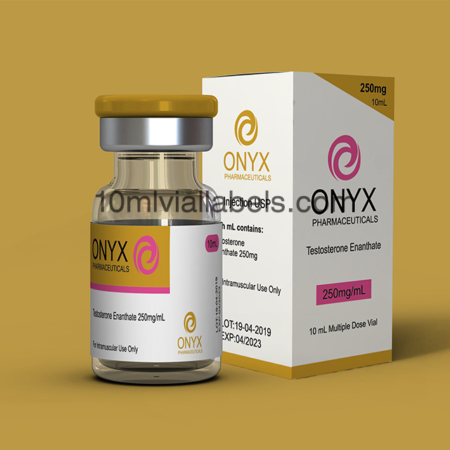
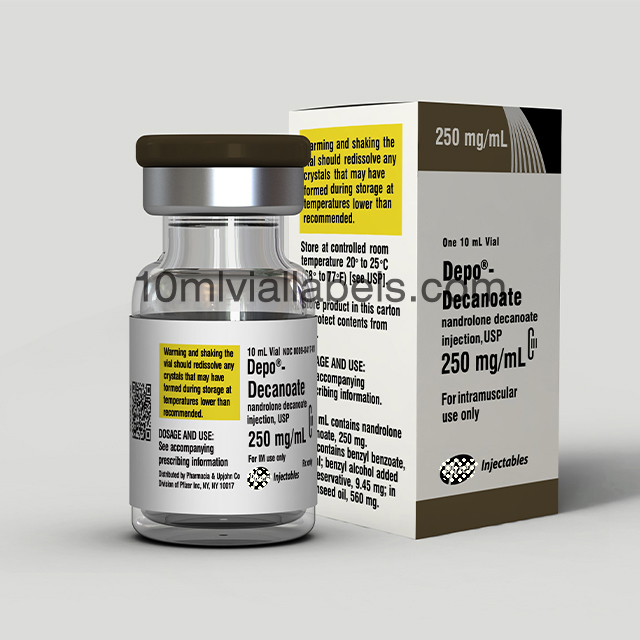
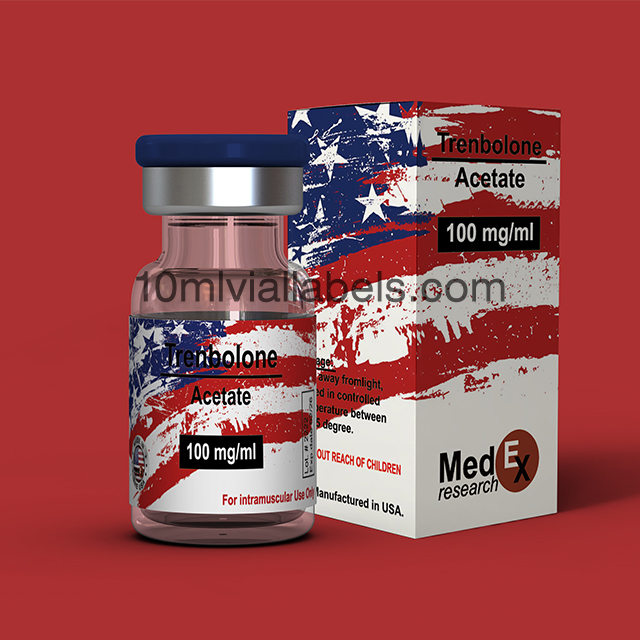
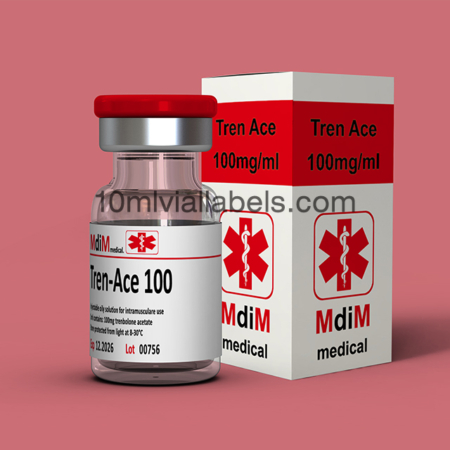
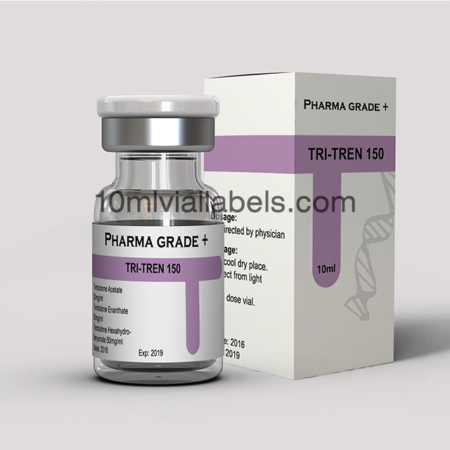
Reviews
There are no reviews yet.